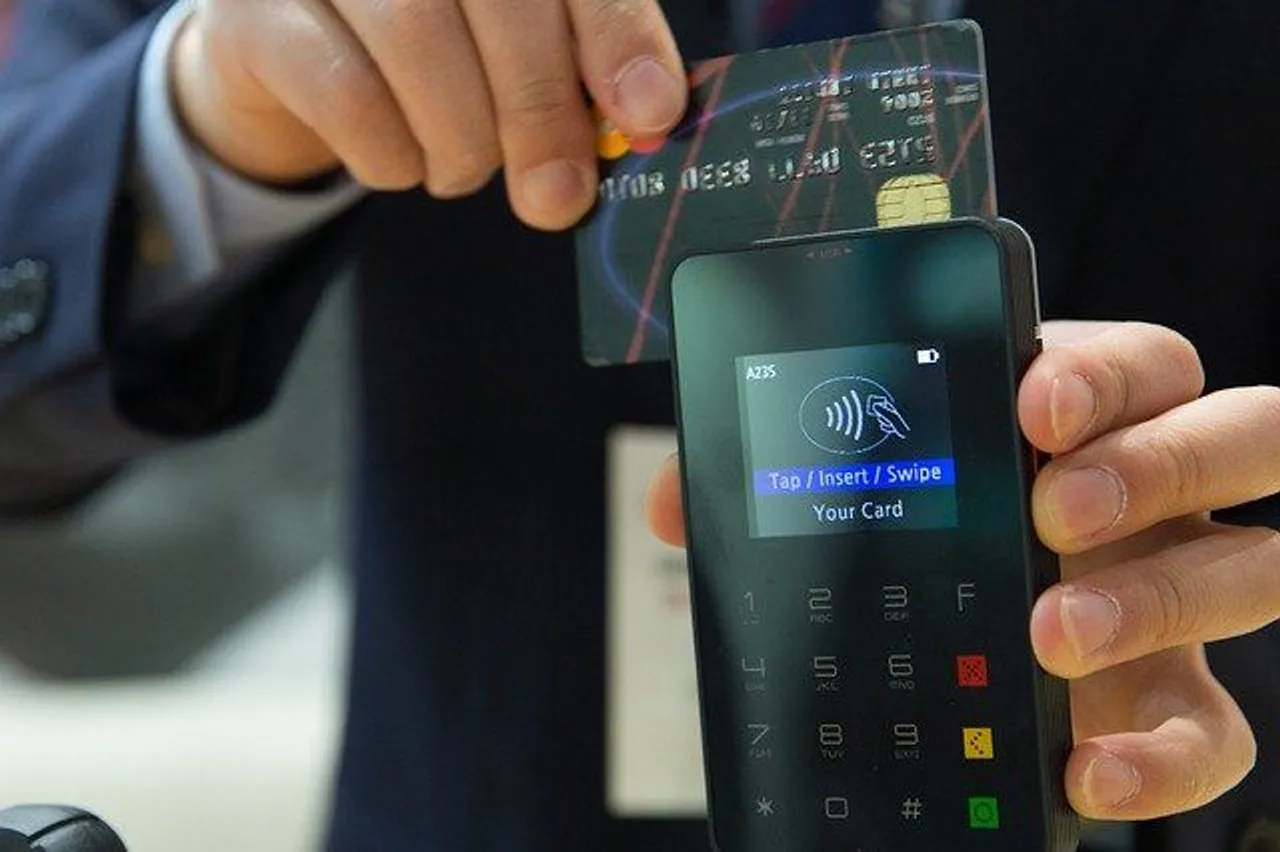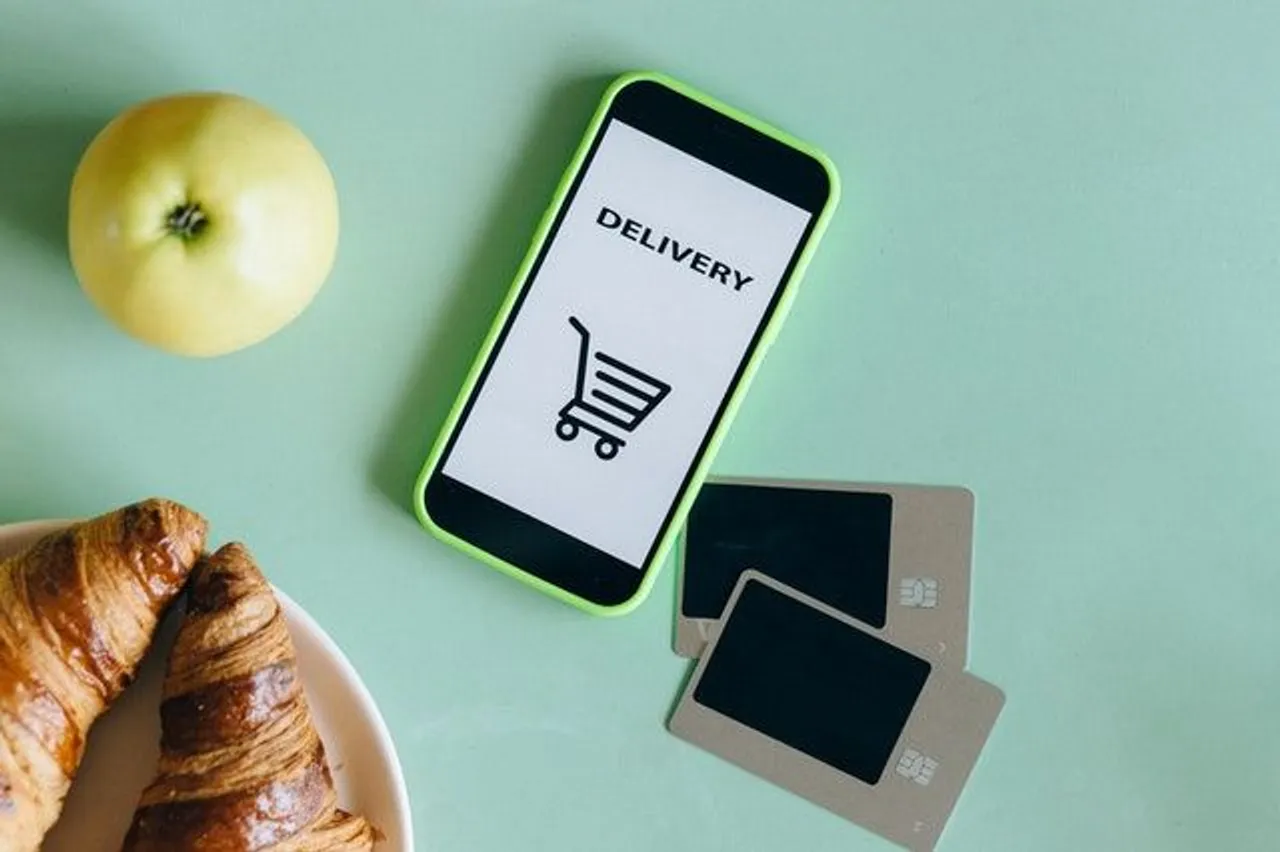
If you’re an online business, e-commerce payment systems ensure you have secure, fast, and consistent cash flow from your customers.
As you need a reliable form of taking payments, an electronic payment system in e-commerce provides a series of features that allow you to manage your transactions, customer needs, and security measures.
But there isn’t a single system suitable for every business. You need to consider which one meets your financial needs and delivers a reliable and trustworthy platform for consumers.
So, how do you do that? Well, in this guide we explore your best options and how to use an e-commerce payment system to scale-up your brand.
Considering alternative payment methods in e-commerce
Before we take a closer look into your online payment system needs, let’s consider what makes up alternative payments (APMs).
These are any modern form of payment not completed by cash or credit card.
Think along the lines of a digital wallet (like us here at FasterPay), mobile payments, bank transfers, and prepaid cards.
APMs are quickly becoming the industry norm as consumers take to the likes of digital wallets for their convenience.
But they’re also essential for your business to consider as they offer popular and upcoming new payment methods to your customers. If you’re operating on a global scale, you’ll benefit from tapping into local payment options and offering the best option for customers when they need it.
One option is an online payment system. So, let’s take a closer look at what this offers your business.
What’s an online payment system?
An online payment system takes payments for goods/services without needing any cash or paper checks. In short, it allows for e-commerce payment processing using new and more flexible options.
If you use one, your business can accept payments minus the need for a card reader. And it does this in a convenient, fast, and secure way.
You sign-up with a provider to use the payment system and they receive a small amount of the profit per transaction.
It works in two ways:
- The payment gateway: This is software linking your e-commerce shop to the payment processing network.
- The payment processor: This is the merchant service—it moves the transaction through the processing networking by digitally working with your bank.
Credit cards remain the most used form of payment with the systems.
They’ve grown a great deal in popularity over the last decade as more banking and shopping requirements need to be handled online.
So you still might wonder, “What do you mean by a payment system in e-commerce?” Well, it’s a third-party managed software system that handles your digital payment needs.
What are the different types of e-commerce payment systems?
There are many types of electronic payment methods, but they fall under two different areas. So, what are your e-commerce payment options?
Well, there are many different e-commerce payment methods. Some may be more suitable for your business than others. Let’s take a look at your choice.
Credit Card Payment Systems
- Credit card payment process
- Digital wallets
- Smart cards
- Electronic fund transfers (EFT)
Cash Payment Systems
- Direct debit
- eChecks
- eCash
Choosing between the types of electronic payment systems in e-commerce depends on your business needs.
But you also need to factor in your customer requirements.
For example, you may include a e-commerce credit card payment option along with a digital wallet to offer more traditional methods for consumers used to paying by card.
Considering which option is outright best for you is down to a batch of important factors. We explain these below for you.
How FasterPay Works For Your Business
So, at this point you may be wondering how FasterPay fits into all this.
You can integrate our payment platform into your website. Whether you have coding experience or not, it’s easy to setup and provide your business with:
- Pay buttons generated using our platform, where you then only have to copy and paste HTML into your website.
- Integrate our highly popular checkout page into your site, so that we take care of your customer’s transaction when they’re ready to pay.
- Setup recurring billing payments with our subscriptions.
- Add plugins like WHMCS, Shopify, Magento, and WooCommerce.
- Using FasterPay Android SDK to make app payments easy.
You can find the FasterPay pricing plans to see the charges involved.
Your fees can vary by business model, but we ensure ROI as you reduce churn rates with enterprise-level transaction features.
Which payment method is best for e-commerce?
Out of the full available e-commerce payment methods at your disposal, it depends what type of business you run and the industry you’re in.
There are no outright best e-commerce payment systems, you need a consideration of what your requirements are. In other words, you need to understand your needs and those of your customers and then choose the right option to meet these requirements.
The better you understand your audience, the more considered an approach you can take with supplying the right payment method.
So, what’s the best payment system? Whatever you need to help your customers complete transactions. If you run a retail shop, you may want a mix of credit/debit card and digital wallet payments.
If you run a service where subscriptions are commonplace, then direct debit or eChecks would be your best options.
The payment and purchase order process in e-commerce
With e-commerce payment processing solutions, there’s a set order process you can follow to keep a steady cash flow alongside a trustworthy sales procedure.
We explain what this is below so you understand each step in the compliance procedures:
- PO Creation: Purchase orders are approved or prepared.
- Purchase Order Approval: After a PO is made, it’s sent to sign-off.
- PO Dispatch: When the PO is approved, they’re sent to a selected vendor.
- Binding Contract: There’s a contract created when the vendor takes on the PO.
- Goods Delivery: The vendor delivers the goods.
- PO Closure: An invoice is forwarded to close the transaction.
This process can vary, depending on your business and the type of processes you want to follow, but it’s a standard example of what happens during a transaction—from start to finish.
Pros and cons of using an e-payment system
There are many advantages of e-commerce payment systems. These include:
- Reducing your business' paperwork load.
- Reducing the costs of transactions.
- Reducing the labor costs.
- Lower transaction costs.
- High security standards from a payment gateway provider.
- It’s user friendly for employees and customers.
- It’s less time-consuming than a manual payment system.
- It helps your business to scale-up and expand your market reach.
There are also downsides to consider. While younger generations are more willing to adapt to new payment methods, older generations may not be as keen.
As they’re familiar with credit cards and paper checks, it may be a slight shock to the system to have to adapt following decades spent using cards.
But you can get around this to provide support to customers unsure about using your new system. You can:
- Provide guides to assist those new to the technology.
- Offer customer support guidance to talk them through any issues.
- Highlight the convenience and security benefits of your new system.
Ultimately, there’s always going to be an overlap of customers adapting/struggling with your new approach to payments.
As long as you offer the support they need, you can increase churn rates and improve customer acceptance of the new methods. Choosing an e-Commerce Payment Processor Choosing a secure platform that’s right for your business and customers is one of the big keys to your success.
But there are many e-commerce payment providers available. Which one do you pick?
What you’ll need is a payment processor, gateway, and a merchant account. We have a full online payment methods for small businesses guide to help you get to grips with these steps.
But, in summary, what you need is the best payment gateways for e-commerce businesses. What’s the best one for you? Well, you need to consider:
- Does the payment provider trade in the right currencies?
- Does it trade in your markets?
- Is it offering a great price?
Ultimately, you’re looking for a processor that provides speed, security, convenience, and a streamlined checkout process.
That way, you can deliver to your customers what they need to complete transactions.
E-commerce security and payment systems
Payment security in e-commerce is essential. It provides your customers with the confidence and level of trust they need to keep returning to your business.
To address security, you can make sure you have security measures such as data storage and SSL (Secure Sockets Layer).
You should make sure you show off your SSL certificates on your website, including around your checkout.
SSL encrypts communication between your website and a consumer’s browser.
Alongside this, follow GDPR compliance where necessary.
You should also make sure you’re compliant with the payment card industry (PCI). This involves a four tiered system with a maximum rating of four.
Want to know more? We have a full FasterPay safety guide on how we keep our platform safe from fraud.
Try the FasterPay app
Setting up your FasterPay Business account is safe, secure, and ultra-fast. The app is available on:
You can also create a FasterPay Personal or Business account.
Any questions? Contact our 24/7 customer support team: support@fasterpay.com.







